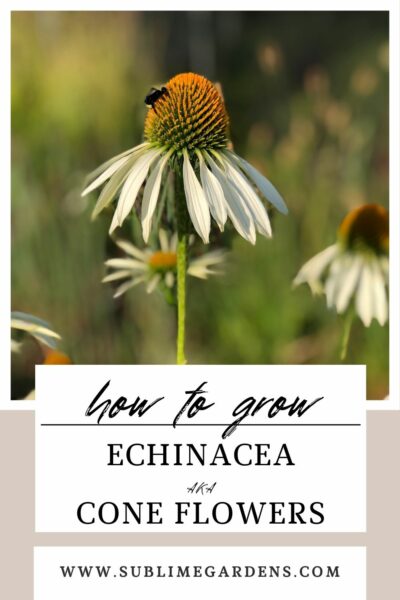
Plant Profile: Echinacea
Echinacea, commonly known as coneflowers, are renowned for their striking appearance and medicinal properties. Echinacea species are native to North America and are primarily found in the central and eastern regions of the continent. These resilient perennials bring striking color and architectural blooms to your garden with the added benefits of immune-boosting medicinal qualities.
Botanical Features
Echinacea plants typically display robust stems adorned with daisy-like composite flowers. The prominent central disk, surrounded by colorful ray florets, gives the flowerhead its distinctive conical shape, hence the name “coneflower.” Depending on the species and cultivar, echinacea flowers can range in color from soft pastels to vibrant purples, pinks, yellows, oranges, and reds.
The foliage of echinacea consists of pointed, rough-textured leaves arranged alternately along the stems. Some varieties may have hairy or smooth leaves, contributing to the diverse appearance within the genus. Echinacea pairs well with other perennials like black-eyed Susans, ornamental grasses, and lavender.
Care
Echinacea species are adaptable and can thrive in a variety of growing conditions. They are happiest in well-drained soil and full sunlight. These hardy perennials are tolerant of drought once established, making them suitable for xeriscaping and low-maintenance landscapes. Echinacea plants are also known to attract pollinators such as bees and butterflies, enhancing biodiversity in the garden.
- Location: Echinacea prefers full sun but can tolerate partial shade. Aim for at least 6-8 hours of sunlight daily. Ensure your planting location drains well and is not a damp low area of your garden
- Soil: Plant in well-drained soil. Echinacea is adaptable but thrives in loamy, sandy soil. Avoid heavy clay soils unless amended with compost.
- Spacing: Space plants 18-24 inches apart to allow good air circulation and growth.
- Planting Time: Plant echinacea in the spring or early fall when temperatures are cooler.
- Water: For new plants – water regularly during the first growing season to establish a deep, extensive root system. Once established, echinacea is drought-tolerant. Water during dry spells, about once a week, or when the top 1-2 inches of soil are dry. If planting in containers, let soil dry out in between watering.
- Feeding: Echinacea is not a heavy feeder, too much fertilizer can lead to leggy plants with fewer flowers.
- Deadheading: Remove spent flowers during the growing season to encourage more blooms and maintain a tidy appearance. Cut the stem just above the nearest set of leaves.
- Pruning: I like to leave the seed heads on the plant for the birds to enjoy throughput the fall and winter. In late winter cut back the stems to about 3 inches above the ground.
- Frost: Echinacea is hardy, but a layer of mulch or straw around the base of the plant can protect the roots from extreme cold.
- Pests: Echinacea is generally pest-resistant but watch for aphids, Japanese beetles, slugs and bunnies. Use organic pest control methods like neem oil or insecticidal soap if needed.
- Diseases: Ensure good air circulation and avoid overhead watering to minimize the risk of fungal disease
- Seed: Harvest the seeds from the cones after them have dried on the plant. Many hybrid varieties are not true to seed meaning that plants grown from harvested seeds will not always carry the features of the parent plant.
Medicinal Uses
Echinacea is one of the most well-known immune-boosting herbs and provides quick immune stimulation to help ward off the common cold or flu. Beyond its immune-boosting benefits, echinacea is also valued for its anti-inflammatory and antiviral properties. The herb’s anti-inflammatory action can help alleviate pain and swelling that come with upper respiratory infections and sinusitis.
- Harvesting: If growing for medicinal purposes, harvest the roots, leaves, and flowers in the fall of the plant’s second or third year when they are most potent. Fresh herbs can be made into tea or tincture right away.
- Drying: Dry the harvested parts in a well-ventilated area away from direct sunlight and store them in airtight containers for later use in tea.
Garden and Landscape Use
Beyond its medicinal attributes, echinacea is cherished for its aesthetic appeal in gardens and landscapes. With their showy blooms and ability to attract pollinators, echinacea plants are valued additions to flower beds, borders, and wildflower gardens. Their tolerance to a wide range of growing conditions makes them suitable for both formal and informal garden settings.
Echinacea varieties with different flower colors and heights offer gardeners a diverse palette to work with, allowing for creative combinations and visual interest throughout the growing season. Whether used as focal points or mass plantings, echinacea adds vibrancy and vitality to any landscape.
If you need help selecting varieties or with trouble spots in your garden, I offer Garden Consultations. We have a great selection of Echinacea plants at the nursery for you to choose from. You can check them out HERE.


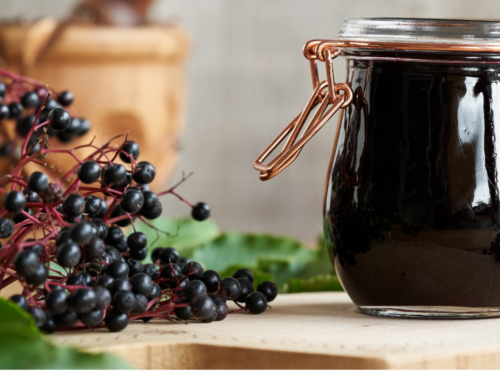

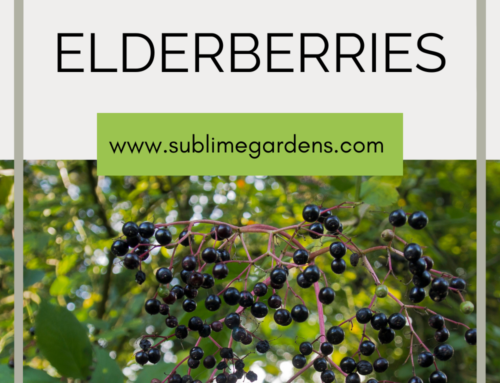
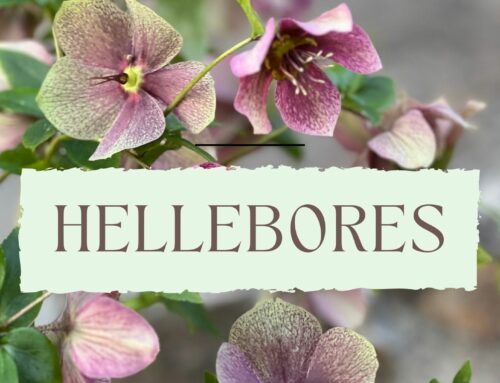
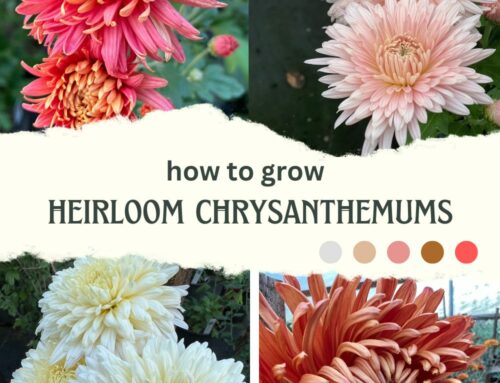
Leave A Comment